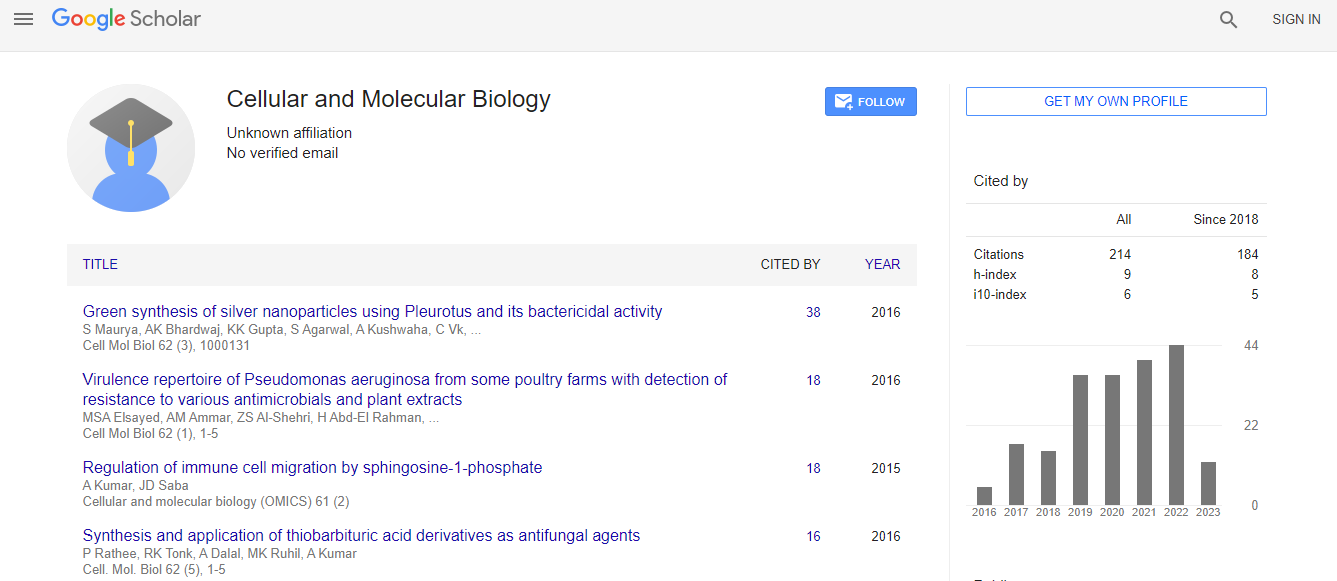Research Article
Differential Pattern of Arsenic Binding by the Cell Wall in Two Arsenite Tolerant Bacillus Strains Isolated from Arsenic Contaminated Soil
Abstract
Arsenite binding was evaluated in two Bacillus strains i.e., B. megaterium and B. pumilus, isolated from arsenic contaminated soil of Unnao district of Uttar Pradesh (India). Initial results showed that more than 90% of arsenite was removed by surface binding by the cell wall component in both the tested species of bacteria. Results on the concentration dependent arsenic binding in bacterial strains exhibited higher efficiency of arsenite binding in B. megaterium (qmax - 1000 mg g-1 protein) than B. pumilus (qmax - 666.7 mg g-1 protein). The pH optima for arsenic (As) binding in both B. megaterium (pH 6.0) and B. pumilis (pH 8.0) were found to be different. Results on temperature dependent arsenite binding by B. megaterium showed maximum binding at 30ºC, while arsenic binding maxima in B. pumilus showed a broad temperature range (25ºC to 35ºC). The kinetic parameters on arsenite binding revealed that both the bacterial strains followed pseudo-second order kinetics. The As adsorption behavior of the bacterial strains was better explained by Langmuir isotherm rather than Freundlich model. Results of FTIR spectra on surface binding of As revealed major spectral changes in the band region of 1600 cm-1 to 800 cm-1 in case of B. megaterium, indicating involvement of mainly amines, alkenes and C-N functional groups. Whereas FTIR spectrum of B. pumilus showed changes in the band region of 3433 cm-1 to 2924 cm-1 , indicating the involvement of hydroxyl, alkanes, alkenes, amides and aromatic functional groups in the arsenic binding. A corollary of these results indicated differential binding of arsenite in both the Bacillus strains was on account of different arsenite binding ligands on cell surface as evident from the FTIR results as well as different pH and temperature optima.

 Spanish
Spanish  Chinese
Chinese  Russian
Russian  German
German  French
French  Japanese
Japanese  Portuguese
Portuguese  Hindi
Hindi 
